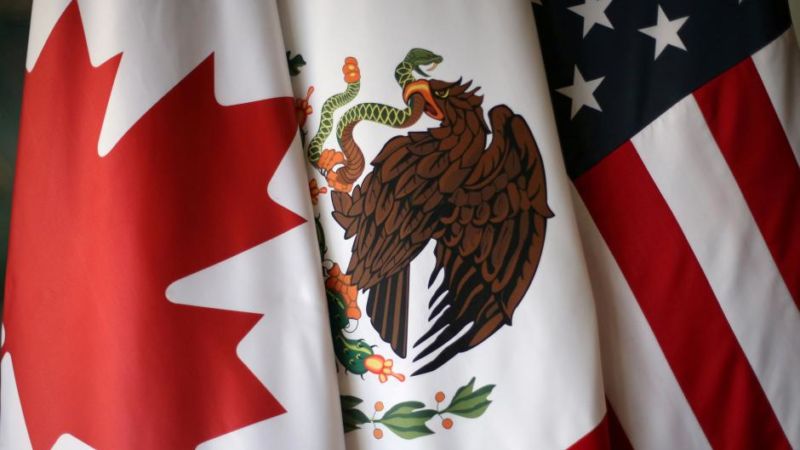On January 1, 1994, the world of international trade witnessed something unprecedented: the birth of a multilateral free trade agreement covering the three largest countries (by land mass and economic power) on the North American continent. The ever-influential, never uncontroversial North American Free Trade Agreement (NAFTA) was launched, transforming business in the region in ways both expected and unexpected.
Now NAFTA may be gone forever.
Well, not exactly gone. (Had you going there for a second, though, didn’t I?)
While “death of NAFTA” might look good on a movie poster or headline, what is coming is not so much the death of the agreement, as what the entertainment industry refers to as a “soft reboot.” The core of what gave NAFTA its “NAFTA-ness”—the countries involved, a commitment to free trade, and the mechanisms by which it is reached—will remain. This isn’t to say, however, that this change is insignificant. Indeed, presuming it goes into effect (more on this later), the renegotiation of the agreement formerly known as NAFTA represents the most sweeping modification to the free trade status quo between the signatory parties in the 24 years of its existence. So much so, even the name is changing.
Without further ado, let’s meet the United States-Mexico-Canada Agreement, or USMCA (to replace the more phonetically simple “Nafta,” I recommend the informal pronunciation “Uzzem-ka.”)
Beside the name, what has changed?
The most prominent changes have clustered around specific industries, particularly automotive and dairy. Let’s start with the industry likely to show the biggest impact: cars, where qualifying percentages are rocketing up from 62.5% originating to a 75% originating requirement, and where a gradually increasing percentage of labor must conform to a minimum wage of $16. The stated intent of these provisions is to incentivize more domestic auto production, though skeptics predict that the overall result of these requirements may make portions of domestic auto production too expensive, especially when many of the components come from China – and let’s not get into a discussion on this ever escalating, ever increasing tariff war.
Meanwhile, one of the Trump administration’s biggest targets for elimination: Canada’s restrictions on foreign dairy products, which are designed to stabilize prices to favor their domestic product. The United States will be exempted from these “Class 7” restrictions, allowing U.S. dairy farmers to enter the Canadian market. Additionally, Canada has conceded access on poultry, eggs, and various dairy products and allowing U.S. drug companies a 10-year holiday (up from 8 years) from generic competition.
Unchanged are the U.S.’s 232 steel and aluminum tariffs (though relief from these may be the subject of separate discussions and negotiations), temporary entry provisions, global safeguards, as well as Canada’s Chapter 19 ADD/CVD rights. Other procedural and regulatory adjustments include a revised and modernized set of intellectual property rules, and new duty and import de minimis thresholds for Canada.
So, what is the future for USCMA? Will it be the end of NAFTA? Since the three country’s legislatures will need to approve the agreement for it to take effect, the first hurdle may be the upcoming U.S. mid-term elections. If control of one or more houses of Congress changes parties on November 6th, approval may be cast into doubt (though there is reportedly enthusiasm among Democrats for the USCMA’s provisions requiring stiffer safety regulations and broader union rights within Mexico). Provided all legislatures approve and all country leaders sign, most of the provisions of the USMCA Most should begin taking effect in 2020. The USCMA will be reviewed in 6 years and subject to sunset or renewal every 16 years.
Whether USCMA will have desirable effects, of course, will remain unknown until it’s ready for its closeup, and is put to the test of functioning in the real world with real economic forces at play. As with many “soft reboots,” the early fun is in noting the differences, and speculating.






